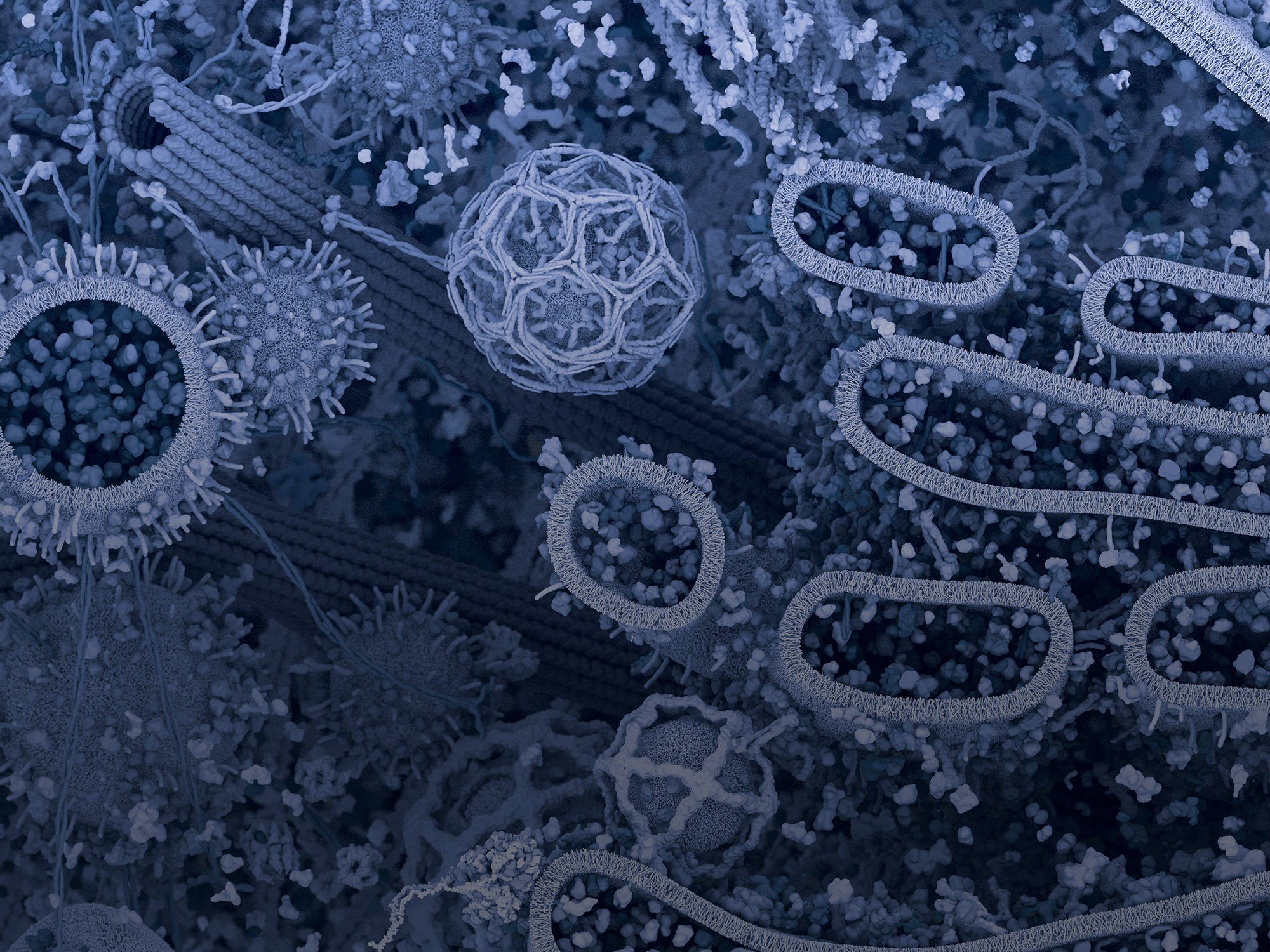Over the years, there have been numerous additions and variations to the original ELISA format including enzyme conjugates and substrates for colorimetric, chemiluminescent or fluorescent measurements. Many instruments have also been developed with the aim of simplifying methods and improving the sensitivity of immunoassays. However, even with new immunoassay technologies and methods, the foundation of all of these techniques is still the antibody pair, whose specificity and sensitivity ultimately determine assay performance.
The Importance of Antibody Specificity in Immunoassays
The specificity of the antibody not only ensures we’re measuring what we want to measure, it also drives sensitivity by affecting background signal/noise. If we consider an antibody bound to a surface, the prebinding signal, or signal coming from that antibody on its own, can be quite low. Once the sample is added to the assay, in plasma or cell lysate, there is the target of interest plus thousands of possible targets that could potentially bind with the monoclonal antibody (mAb). The greater the nonspecific binding that occurs from the sample, the higher the baseline, or noise, of the assay. There are statistical and experimental methods for keeping the baseline low, but without innate mAb specificity, this baseline can be too high, which will limit the sensitivity of the assay.
Antibody Specificity Increases the Signal-to-Noise Ratio
The specificity of one antibody can be combined with the specificity of a second antibody to build a "mAb-target-mAb" sandwich (where one antibody is the capture and one antibody is the detection). Although having two mAbs might raise the noise two-fold, the advantages outweigh the negatives. Without listing all the possibilities, the general feature is that by having two mAbs, you can increase your specificity and one or both of the mAbs could be conjugated to assist with surface capture or detection.
Developing High-quality Assays for Any Platform
Immunoassays using two paired antibodies are generally preferred, however, the overall problem is that by taking this approach, now you have more than doubled the height of the bar for success.
First, there is the effort of finding two specific mAbs, not one. There is the additional problem that the antibodies must bind to two differently exposed epitopes simultaneously, while also being bound to a surface or conjugated to a detection moiety. One must use significant resources, time, and money to find mAbs to test individually, and then test and validate as pairs to meet these criteria.
The measurement of your target protein is crucial—building the tools needed to get the measurement is usually not the central question. You will be spending a large number of resources to develop this tool. One would typically prefer to be handed a thermometer to take their temperature, not having to build the thermometer first!
So, how do build a good high-throughput immunoassay that works regardless of the platform?
Start with specific, robust mAbs. As many as possible. Then determine which antibodies pair in a simple assay and which pairs will still work when conjugated. The old adage “you get what you screen for” applies here. If you screen for an mAb that works in IHC, it may also work in an ELISA format. However, a screen designed for an ELISA application will yield a much better mAb for that assay.
Considering the numerous platforms where pairs are used, is it a one size fits all? At the end of the day, you will have to try the antibody pair, or combination of pairs, on your particular platform of choice. However, a mAb with a certain epitope specificity is going to detect the same epitope regardless of the platform. One of the biggest differences between platforms is the potential need to conjugate the mAb for a particular surface, bead, or detection method. If part of the early validation of the pair involves testing conjugated formats of the mAbs, regardless of moiety, there is a much higher chance that the antibodies will then also work on the platform of choice.
The bottom line is that specific and sensitive antibodies that have been screened and validated to work as an antibody pair are still the most important pieces of any immunoassay, regardless of the technology.
Cell Signaling Technology Validation Standards
The Cell Signaling Technology assay development team applies the same validation standards when screening numerous antibody combinations to find the best antibody pair to use in our ELISA kits.
You can access the antibody pairs from these kits for your ELISA and HT immunoassay needs. To request these, select the ELISA kit target(s) you are interested in and submit an inquiry here.


